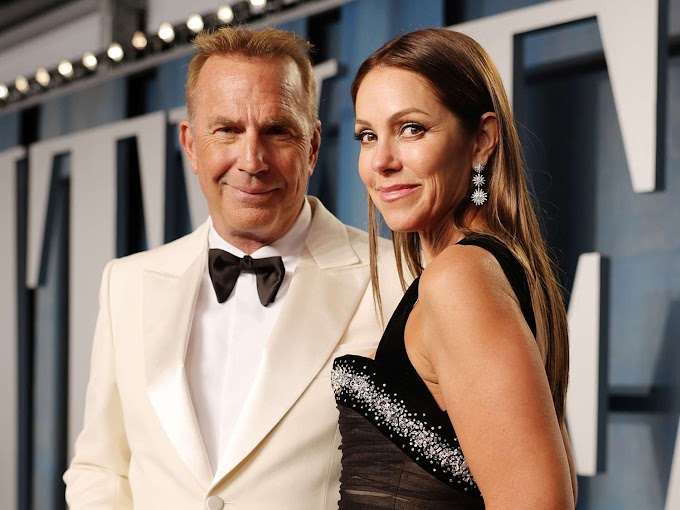In January 2019, the world was shocked when Jeff and MacKenzie Bezos announced their divorce after 25 years of marriage. Given Jeff Bezos’ status as the founder and CEO of Amazon, one of the world’s most valuable companies, the divorce settlement became a subject of intense public interest. The couple's separation agreement saw MacKenzie receiving 25% of their shared Amazon stock, which at the time was valued at approximately $36 billion. While this settlement made her one of the wealthiest women in the world, many wondered why she received only a quarter of the couple’s assets.
Divorce settlements, particularly those involving high-net-worth individuals, are often complex and hinge on a variety of factors including legal, financial, and personal considerations. In Washington State, where the Bezos resided, the law dictates that marital property should be divided equitably, though not necessarily equally. This means that while a 50/50 split is common, it is not required. The division of assets is generally influenced by the length of the marriage, each party's contribution to the marriage, and each spouse's financial needs and earning potential.
MacKenzie and Jeff Bezos reached an agreement where MacKenzie would retain 25% of their jointly held Amazon stock, which amounted to around 4% of Amazon's total shares. She also transferred her voting rights in these shares to Jeff, allowing him to retain full control over Amazon. This arrangement suggests that MacKenzie may have prioritized maintaining the stability and continuity of Amazon under Jeff's leadership over maximizing her financial gain.
MacKenzie Bezos, an accomplished author and philanthropist, likely had personal motivations that shaped the settlement. Despite being entitled to a potentially larger share of the couple's assets, she may have chosen to settle for 25% to facilitate a smoother and less contentious divorce process. It is also possible that she wanted to avoid a prolonged legal battle, which could have drawn negative attention to her family and Amazon.
MacKenzie has always been known for her preference for privacy and a low-key lifestyle. By agreeing to a smaller portion of the assets, she could have been seeking to maintain a more modest profile, avoiding the scrutiny and public debate that a more aggressive settlement might have incited.
Another significant factor could have been the desire to ensure Amazon’s continued growth and success. As the world’s largest online retailer and a key player in numerous other industries, Amazon’s stability is vital not only to its shareholders but also to the broader economy. By relinquishing her voting rights and accepting a smaller percentage of the assets, MacKenzie may have been seeking to preserve investor confidence and prevent any potential disruption to Amazon’s operations.
Finally, it’s essential to recognize that MacKenzie Bezos’ actions post-divorce have further illuminated her intentions. Following the settlement, she signed the Giving Pledge, committing to donate at least half of her fortune to charitable causes. This gesture suggests that her primary interest may not have been in maximizing her wealth but in using it to make a positive impact on the world.
MacKenzie Bezos’ decision to accept 25% of the couple’s assets likely reflects a combination of personal, legal, and ethical considerations. By prioritizing stability, privacy, and philanthropy over financial gain, she demonstrated a pragmatic and generous approach to one of the most high-profile divorces in recent history.




